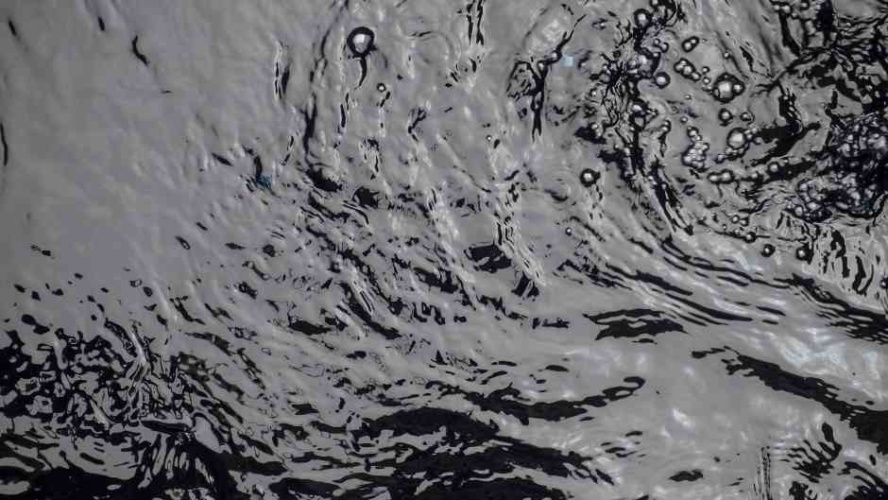Morphing crystals could harness evaporation as a source of energy
Shape-changing crystals could harness evaporation as a source of energy and aid the development of next generation actuators and artificial muscles.

This is the claim of an international team, co-led by researchers at Strathclyde University, who used tripeptides to create crystals that are simultaneously stiff and morphable. According to Strathclyde University, the materials are composed of three-dimensional patterns of nanoscale pores where water tightly binds, and these pores are interspersed with a molecular network of stiff and flexible regions.
Study claims evaporation could provide 70 per cent of US energy
When humidity is lowered and reaches a critical value, the water escapes from the pores, leading to a contraction of the interconnected network. This results in the crystals temporarily losing their ordered patterns until humidity is restored and the crystals regain their original shape. This newly designed process can be repeated and is said to give rise to an efficient method of harvesting evaporation energy to perform mechanical work.
The research, conducted with the Advanced Science Research Center at the Graduate Center, CUNY (City University of New York), has been published in Nature Materials.
Register now to continue reading
Thanks for visiting The Engineer. You’ve now reached your monthly limit of news stories. Register for free to unlock unlimited access to all of our news coverage, as well as premium content including opinion, in-depth features and special reports.
Benefits of registering
-
In-depth insights and coverage of key emerging trends
-
Unrestricted access to special reports throughout the year
-
Daily technology news delivered straight to your inbox










UK Enters ‘Golden Age of Nuclear’
The delay (nearly 8 years) in getting approval for the Rolls-Royce SMR is most worrying. Signifies a torpid and expensive system that is quite onerous...